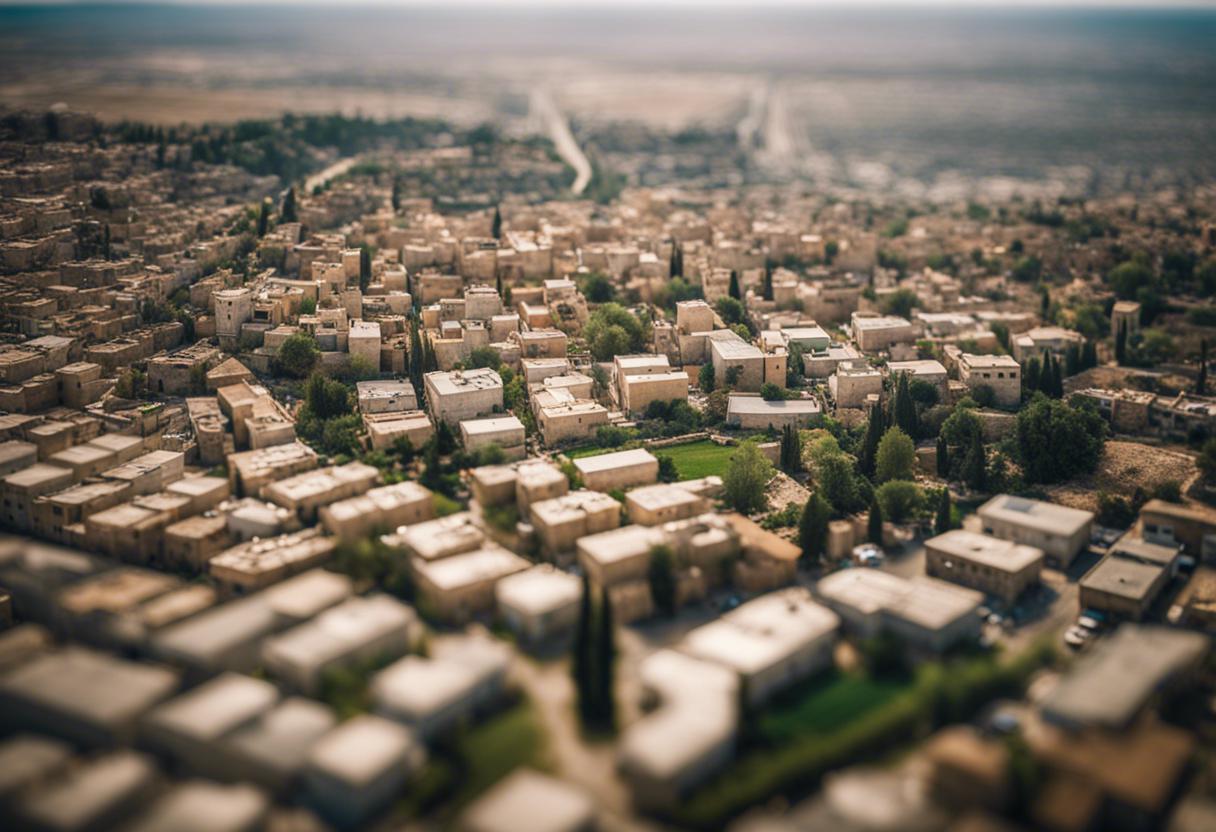Israel is currently undertaking its most extensive military endeavour in the West Bank since 2002. The Israeli military force is comprised of various units including army brigades, border police, drones, bulldozers, and aerial vehicles. Their key focus appears to be al-Quds brigades in Palestinian cities and refugee camps in Jenin, Tulkarem, and Tubas, which are linked to the Islamic Jihad.
According to Wafa, the Palestinian news agency, as of Wednesday when the operation commenced, 17 lives have been lost, 30 people were wounded, and arrests have been made in considerable numbers. Mohammed Jaber, an Islamic Jihad commander in Tulkarem, who has been wanted by Israel for over a year, was one of the deceased.
Amos Harel, writing for the liberal Israeli daily, Haaretz, described the ongoing combat as the fiercest conflict since the conclusion of Second Intifada in 2006. He expressed concerns over the volatile situation pushing the West Bank to its limit once again.
Recent Israeli security operations have led to the emergence of over 20 armed Palestinian factions in the West Bank, including groups related to Hamas, Fatah, Islamic Jihad, and an independent faction known as the Lion’s Den in Nablus.
Data from the US-based Armed Conflict Location and Event Data Project revealed that there were over 500 violent incidents against Israel’s security forces and settlers in the West Bank in the year preceding the Gaza war that started in October 2023. The report also claimed that Islamic Jihad and Hamas in Gaza have been urging their affiliates in the West Bank to focus their attacks on Israeli forces.
Whilst these attacks have been ongoing, the majority of Palestinian fighters have been focused on defending against the nearly daily assaults and invasions by the Israel military into cities and refugee camps in the West Bank since the Gaza war began. However, due to the weak leadership, lack of proper training and insufficient armament of these militant groups, they struggle to counter the better equipped Israeli forces, supported by tanks and aircraft.
This latest operation is significant, but it still pales in comparison to Israel’s five-week Defensive Shield campaign in 2002 in the West Bank, which marked the largest Israeli military effort since the 1967 occupation of the West Bank, East Jerusalem, and Gaza. The former operation targeted the whole West Bank as opposed to the north alone, which is the focus of the current mission.
In response to a series of attacks by Palestinians on Israelis, an aggressive initiative in the West Bank was initiated on 29th March. The offensive began in Ramallah where Israeli forces moved in on the compound of Palestinian leader, Yasser Arafat.
Ariel Sharon, the prime minister at that time, ordered army personnel into Tulkarem, Qalqilya, Bethlehem, Jenin, and Nablus in a strategic move to capture or eliminate Palestinian militants.
According to the United Nations, casualties of the conflict included 487 dead and 1,447 injured Palestinians, whilst 7,000 were detained, of which 396 were suspected militants. The Israeli forces also suffered casualties, with 30 troops killed and 127 injured.
On April 1st, Israeli commandos, supported by helicopter units, advanced on the Jenin refugee camp. After days of intense fighting and the damagingly effective use of armoured bulldozers, the Israeli forces retreated on April 18th leaving behind a scene of destruction. The operation resulted in the deaths of over 50 Palestinians and 23 Israeli soldiers. The devastation was palpable when displaced locals and reporters visited the site in the ensuing days.
One of the most dramatic incidents of this official 2002 onslaught was the Israeli army’s siege at the Orthodox Church of the Nativity in Bethlehem. Dating back to the 6th century, the church was the scene of a standoff that occurred from April 2nd until May 10th. The Israeli forces were determined to capture Palestinian militants who were allegedly hiding amongst civilians that sought refuge in the church which housed around 200 monks. The stalemate ended and the church was vacated once negotiators brokered deals for these fighters to be sent to Gaza or exiled to Italy and Spain.

